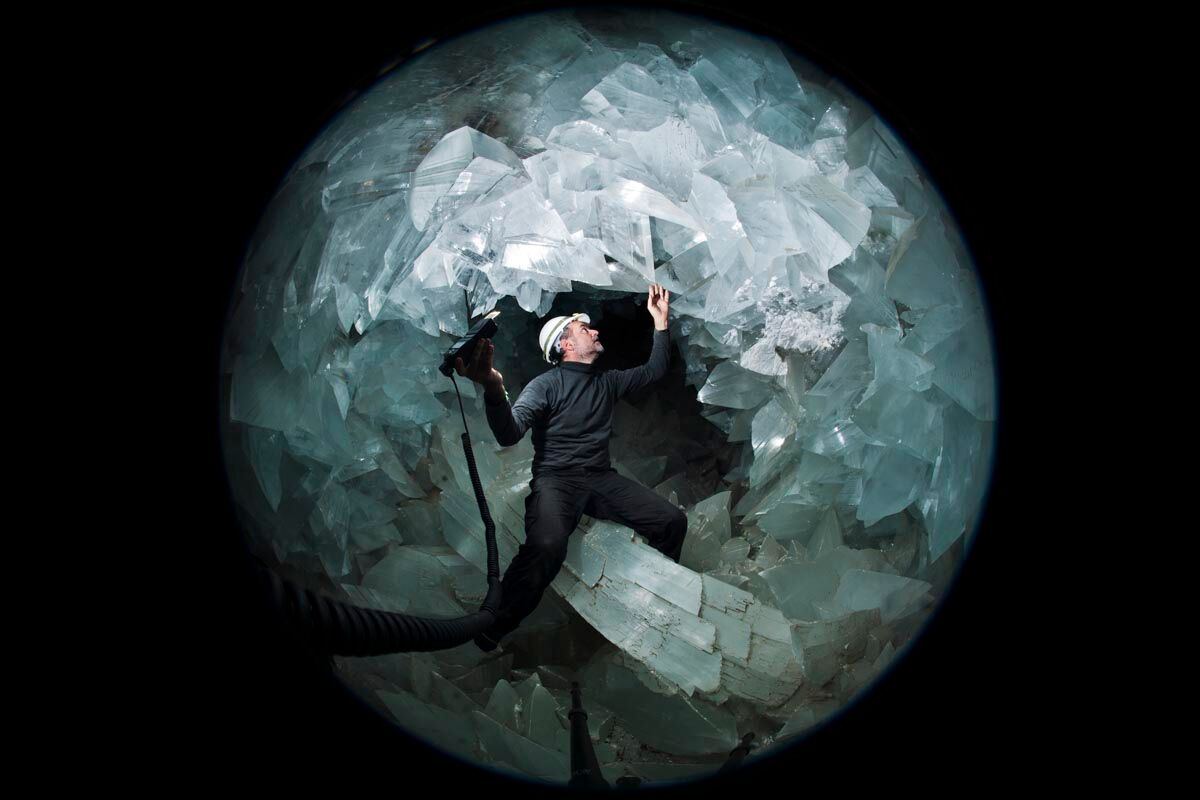When you purchase through link on our site , we may earn an affiliate commission . Here ’s how it work .
The Aral Sea is shrinking , leaving a dry - up white lakebed where there used to be low-spirited water . But in the eyes of a radar satellite , the sea ’s shores count like a colored abstract picture .
Once the cosmos ’s fourthly - gravid inland organic structure of water , Central Asia’sAral Sea has been starvingever since the two rivers that fed it were diverted for Soviet irrigation projects in the surrounding desert part 50 years ago . Since 1960 , it ’s lost about 90 percent of its volume .

The European Space Agency’s (ESA) Sentinel-1A satellite captured the radar data in this image over the last year.
As theAral Seahas gotten diminished , fishery and local business have suffered . The desiccated lakebed is quite salty and laden with pollution from agrarian fertilizer and pesticides , which make junk storms an even worse public wellness trouble .
Thisnew image of the Aral Sea , which lies on the delimitation between Kazakhstan and Uzbekistan , was create with radar data point from theEuropean Space Agency ’s ( ESA ) Sentinel-1A.
The image actually combines three separate radar scans : the red parts show data from Oct. 17 2014 , the cat valium from Dec. 28 2014 and blue from Feb. 14 2015 . The blended colors between constitute changes between these acquisitions .

Aral Sea losing water from 2000 to 2014.
The large dark area on the left side shows where water is still present . There ’s also a boomerang - shaped blob in the abject - right corner of the simulacrum , which ESA officials aver shows where weewee flows into the parched sea bottom from a river .
There are some suggestion of human life seeable in the image , too , including a road on the outside of the seabed in the lower - left quoin , near Department of Transportation comprise some unnamed man - made structure .
TheSentinel-1A satellite , which is coming up on its one - year day of remembrance in place , set in motion on April 3 , 2014 , to provide all - weather , day - or - night microwave radar images of Earth .


















